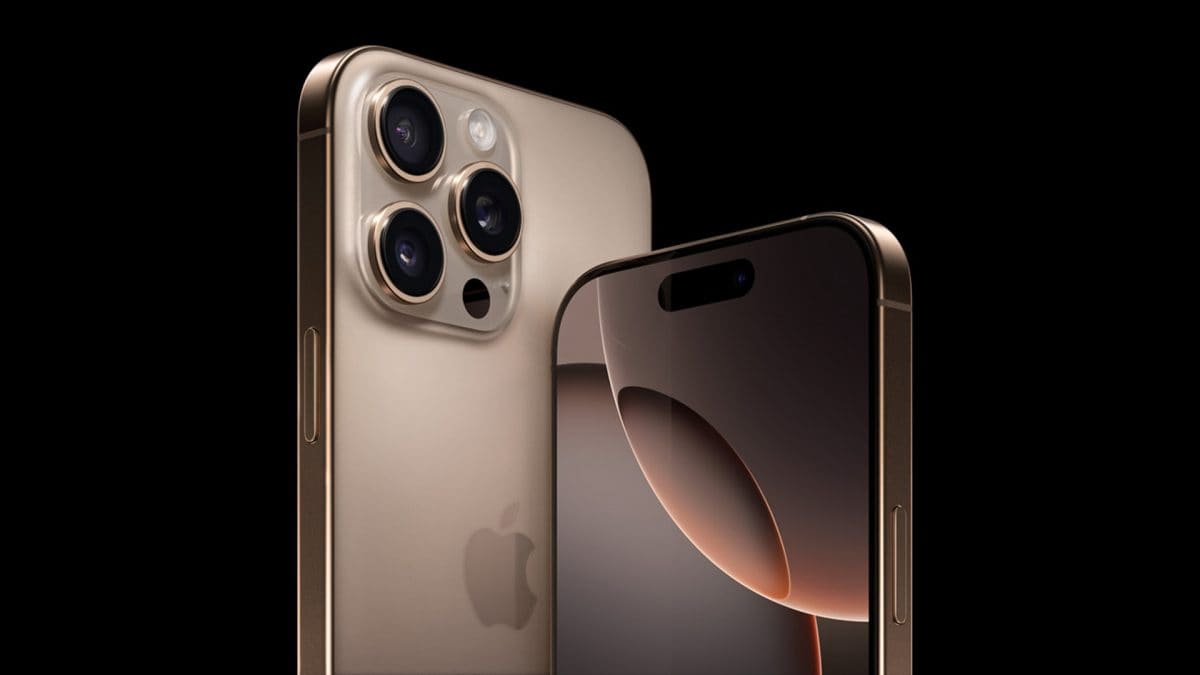
Apple has taken significant steps to improve the repairability of its devices with the release of the iPhone 16. After receiving criticism for the repair challenges presented by the iPhone 15, which earned a disappointing 4/10 score from iFixit, Apple has implemented several key changes in the iPhone 16 that make it easier for users and independent repair shops to fix the device. Easier battery removal One of the most notable improvements is the new method for battery removal.
In previous models, including the iPhone 15, removing the battery was a cumbersome task due to the adhesive strips that held it in place. However, Apple has now introduced a more user-friendly solution. The iPhone 16 features a system that allows a low-voltage current to be run through the battery, making it easier and safer to remove.

This change not only simplifies the repair process but also reduces the risk of damage during battery replacement, a welcome development for those who prefer to handle their own device repairs. Easier FaceID sensor replacement Another significant enhancement involves the Face ID sensor. In the past, replacing the Face ID hardware was a task that only Apple technicians could perform due to security concerns.
The sensor was closely linked to critical security features, such as unlocking the phone. With the iPhone 16, Apple has removed this restriction, allowing users to swap Face ID hardware between phones without compromising security. This change empowers users and independent repair shops to handle more repairs on their own, reducing the need to rely solely on Apple for certain fixes.
Introduction of Repair Assistant Apple has also addressed the issue of “parts pairing” with a new feature called Repair Assistant. Previously, when replacing parts like the LiDAR sensor, users had to rely on Apple to ensure the components were properly configured to work with the device. Repair Assistant now allows users to configure parts directly on their own devices, whether they are using new or used Apple parts.
This feature is a significant step forward for independent repair shops and DIY enthusiasts, making it easier to carry out repairs without needing Apple’s intervention. On-device diagnostics and third-party parts compatibility Further enhancing the repair experience, Apple is introducing on-device diagnostics with iOS 18. This feature will enable the iPhone to identify which parts need replacing, eliminating the need for a separate diagnostic device.
Additionally, Apple has improved compatibility with third-party parts. If a third-party component cannot be calibrated online through Apple’s servers, the iPhone will still attempt to activate it and run it at full capacity. This change increases the flexibility and options available to users who choose to use non-Apple parts in their repairs.
A massive win for Right to Repair? Overall, these changes mark a significant improvement in the repairability of the iPhone 16. By making it easier for users and independent repair shops to perform common repairs, Apple is responding to the growing demand for more accessible and user-friendly device maintenance. These enhancements are likely to result in higher repairability scores from iFixit and could make the iPhone a more appealing choice for those who value the ability to maintain their devices independently.
.













